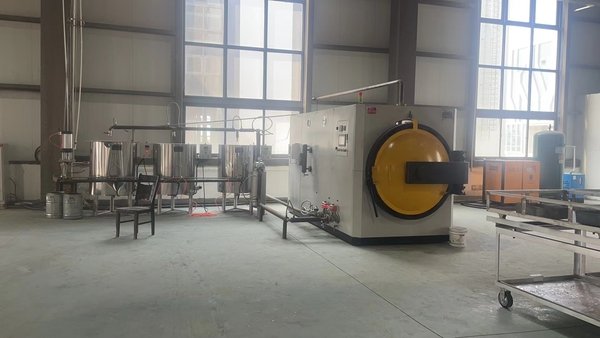How Do High Temperature Alloys Perform in Extreme Conditions?

Welcome to the amazing world of high temperature alloys – unsung heroes facing hotter challenges where ordinary metals fail. These alloys, comprised of elements such as nickel, chromium and titanium, are engineered to withstand extreme temperatures that exceed those of regular alloys.
Their composition demonstrates modern metallurgy’s abilities of creating something durable enough to withstand even in harshest environments. In this article, we explore how these remarkable alloys perform in environments so challenging they would be inconceivable for regular metals; and their indispensable role across various industries from aerospace to energy production. Join us as we unveil their extraordinary capabilities and secrets; showing why high temperature alloys are integral in technological progress.
Performance Analysis
Thermal Resistance:
In the world of metals, high temperature alloys are akin to the superheroes of extreme heat scenarios. They maintain their structural integrity and performance at temperatures where standard alloys would buckle under the pressure – literally. The secret lies in their specialized composition, often involving elements like nickel and chromium, which provide remarkable thermal stability. This capability is not just impressive; it’s essential in industries where operating above 1000°C is a regular Tuesday.
Corrosion Resistance in Harsh Environments:
But the prowess of high temperature alloys isn’t limited to just standing the heat. They also demonstrate exceptional corrosion resistance in environments that would spell doom for standard alloys. Whether it’s acidic, alkaline, or saline settings, these alloys emerge unscathed, making them indispensable in chemical processing and maritime applications. Their resilience to corrosive elements ensures longevity and reliability where others fail.
Strength and Durability Under Stress:
When it comes to enduring mechanical stress and pressure in extreme conditions, high temperature alloys don’t just survive; they thrive. Their robustness is particularly critical in the aerospace and automotive industries. In aerospace, these alloys are vital for components like jet engine turbines, which face both high temperatures and high-speed rotation. In automotive applications, they are used in high-performance engine parts, where durability and strength are non-negotiable.
High Temperature Alloys in Action
Aerospace Industry: Jet Engines
Example: The GE9X Engine used in Boeing 777X.
Details: The GE9X engine utilizes advanced high temperature alloys for its turbine blades, allowing it to operate efficiently at higher temperatures. This has resulted in the Boeing 777X achieving unprecedented levels of fuel efficiency and speed, setting new standards in commercial aviation.
Automotive Sector: High-Performance Sports Cars
Example: The use of high temperature alloys in the engines of the Ferrari F8 Tributo.
Details: The Ferrari F8 Tributo’s engine components are made from high temperature alloys, enabling it to endure intense heat generated during high-speed drives. This technology contributes to the car’s extraordinary performance and durability, making it a standout in the sports car category.
Energy Production: Power Plant Turbines
Example: The application of high temperature alloys in gas turbines of combined cycle power plants.
Details: High temperature alloys are used in the turbine blades of gas turbines in modern combined cycle plants. These alloys withstand extreme temperatures and pressures, improving the overall efficiency and longevity of the turbines, thus enhancing the energy output and reliability of the power plants.
Space Exploration: Rocket Engines
Example: The use of high temperature alloys in SpaceX’s Raptor engines.
Details: SpaceX’s Raptor engines, designed for missions to Mars, utilize high temperature alloys that can withstand extreme heat and pressure of space travel. These alloys are crucial for ensuring the engines’ performance and reliability in the harsh conditions of outer space.
These real-world applications demonstrate the versatility and essential role of high temperature alloys across various cutting-edge industries.
Conclusion and Future Outlook
Summary of Key Points:
High temperature alloys stand as an incredible testament to material science’s advancements, thanks to their remarkable abilities to remain structurally sound at extreme heat while resisting corrosion in harsh environments, providing unmatched strength and resilience under stress, and offering impressive durability during times of increased demand. They truly shine as testaments of progress within metallurgy today.
Future Developments:
High temperature alloys have yet to reach their full potential, as ongoing research aims to further optimize their properties such as heat resistance and weight reduction without compromising strength. With innovative new alloy compositions and manufacturing processes providing even stronger materials.
Closing Thoughts:
High temperature alloys aren’t just surviving harsh environments – they are flourishing, pushing the limits of materials engineering to achieve groundbreaking advancements in aerospace, automotive and energy industries alike. Their growing significance across these and other fields speaks to their vital role in shaping our future; as we explore and innovate further they will continue to advance materials innovations while driving technological progress forward and unlocking breakthrough technological feats.





